
The visual attention lab is where my students and I conduct research on the fundamentals of attention in complex dynamic visual environments, using tasks such as the multiple-object tracking task, subitizing (a form of enumeration), and visual search.
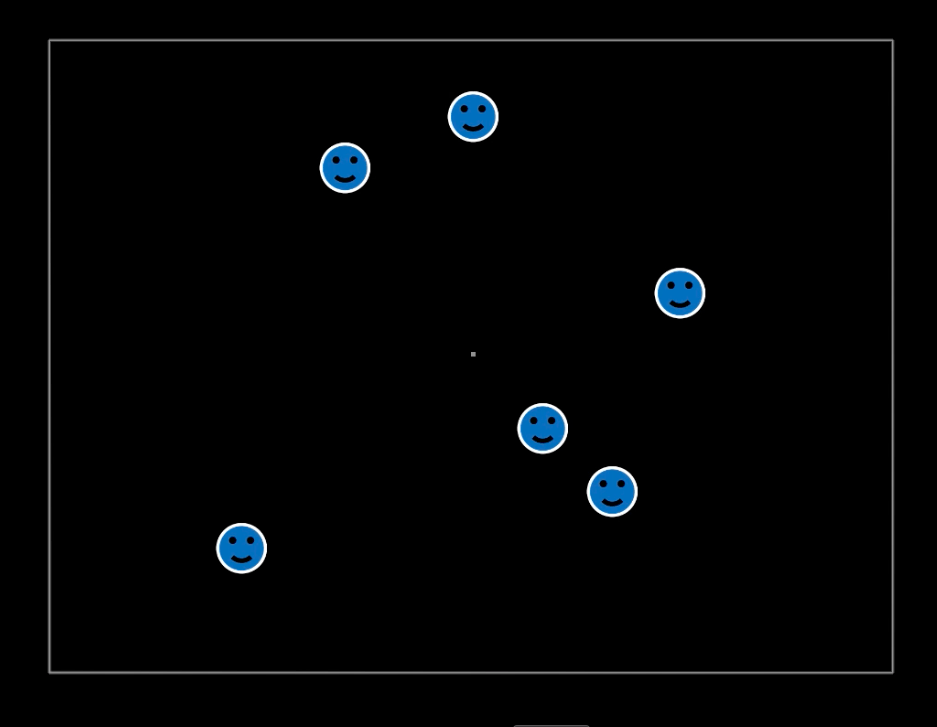
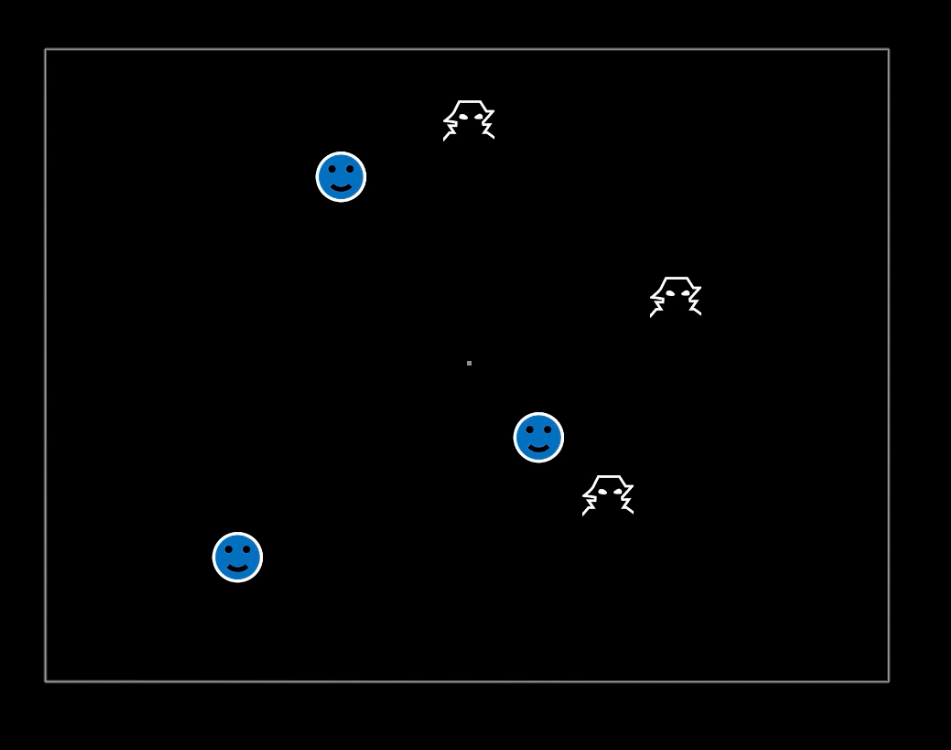
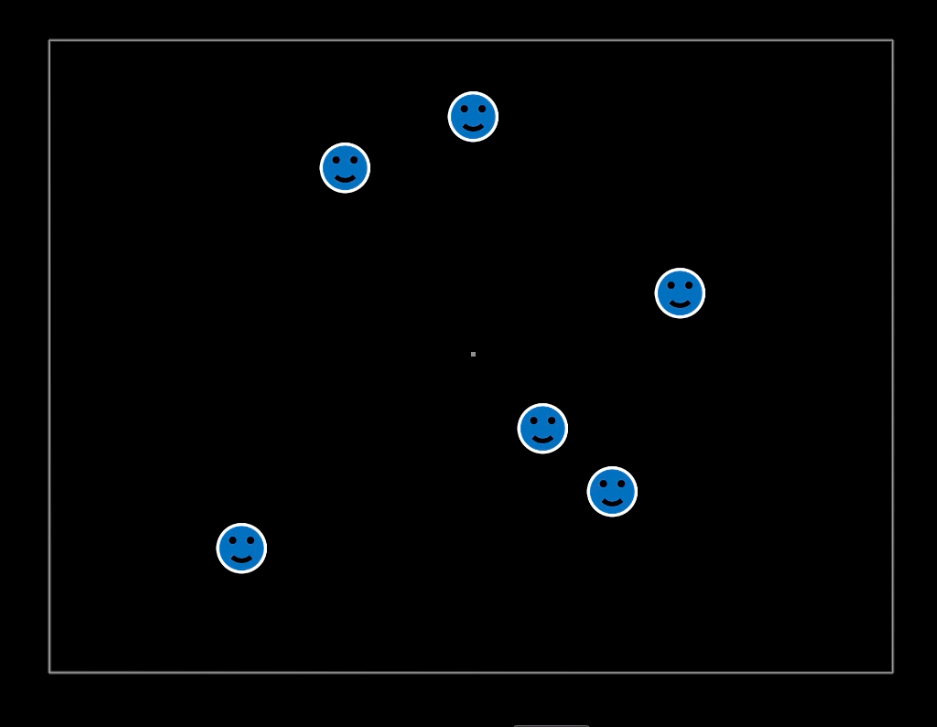


Multiple-object tracking is thought to be related to visual-motor coordination. Graduate student Mallory Terry is studying the impact of multiple- object tracking on visually guided touch and balance.
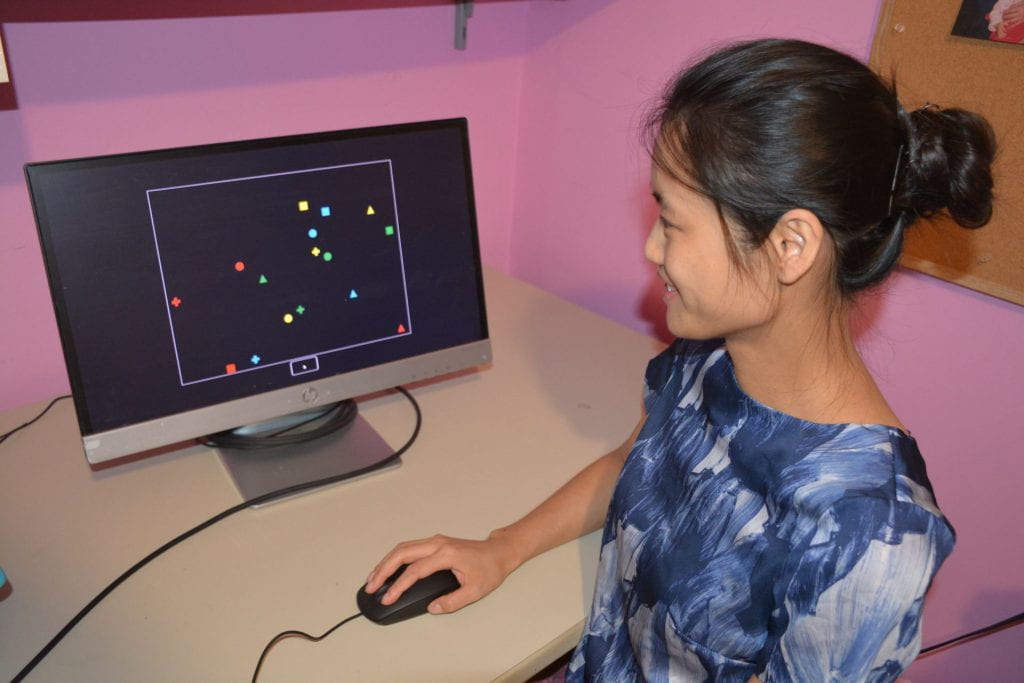

There are three related tasks that are used to study the ability to keep track of the positions of multiple items in complex dynamic visual scenes: multiple-object tracking, multiple-identity tracking, and multiple-object awareness. Graduate student Rachel Eng is investigating the relationships between these tasks, which may be linked to performance in driving tasks that involve keeping track of the positions of multiple road users at once while driving (e.g. turning left across traffic).
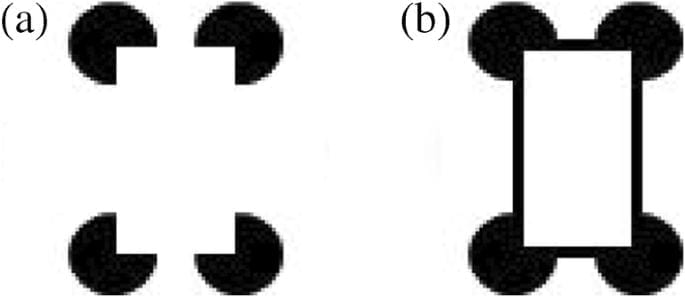
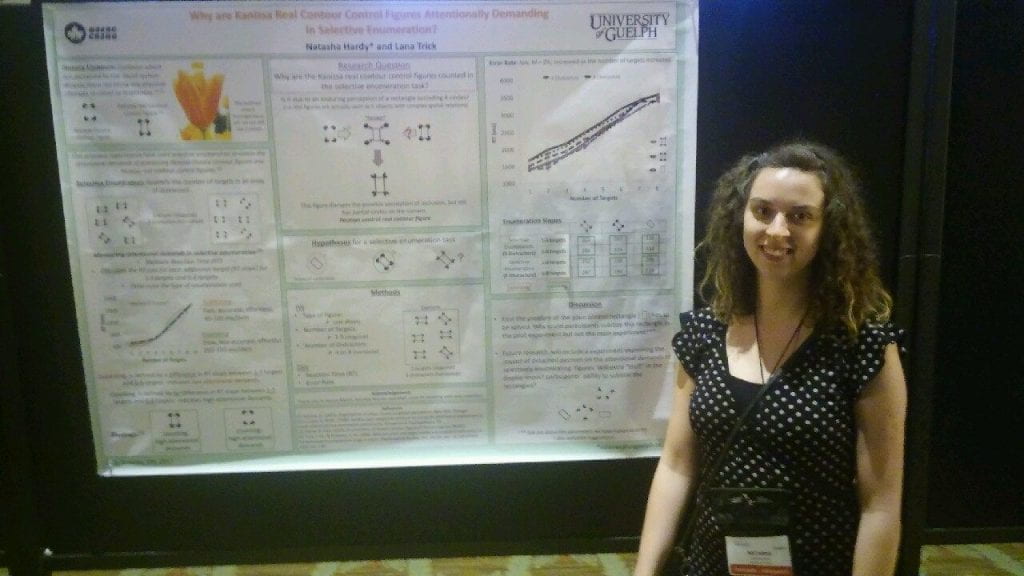
Sometimes we see more than is actually there. A Kanisza illusory contour figure is one defined by edges that are not physically present in the image. For example, Image a (above) depicts an Kanisza illusory rectangle whereas Image b depicts the same rectangle defined by real contours. Graduate student Natasha Hardy studies how the visual system processes illusory contours by looking at how these figures are enumerated.
>To find out more about some of the journal articles and presentations from our lab click on the following links (Journal articles, Conference presentations).
>If you are a student and would like to get involved in the visual attention lab, click on this link (Student opportunities).

